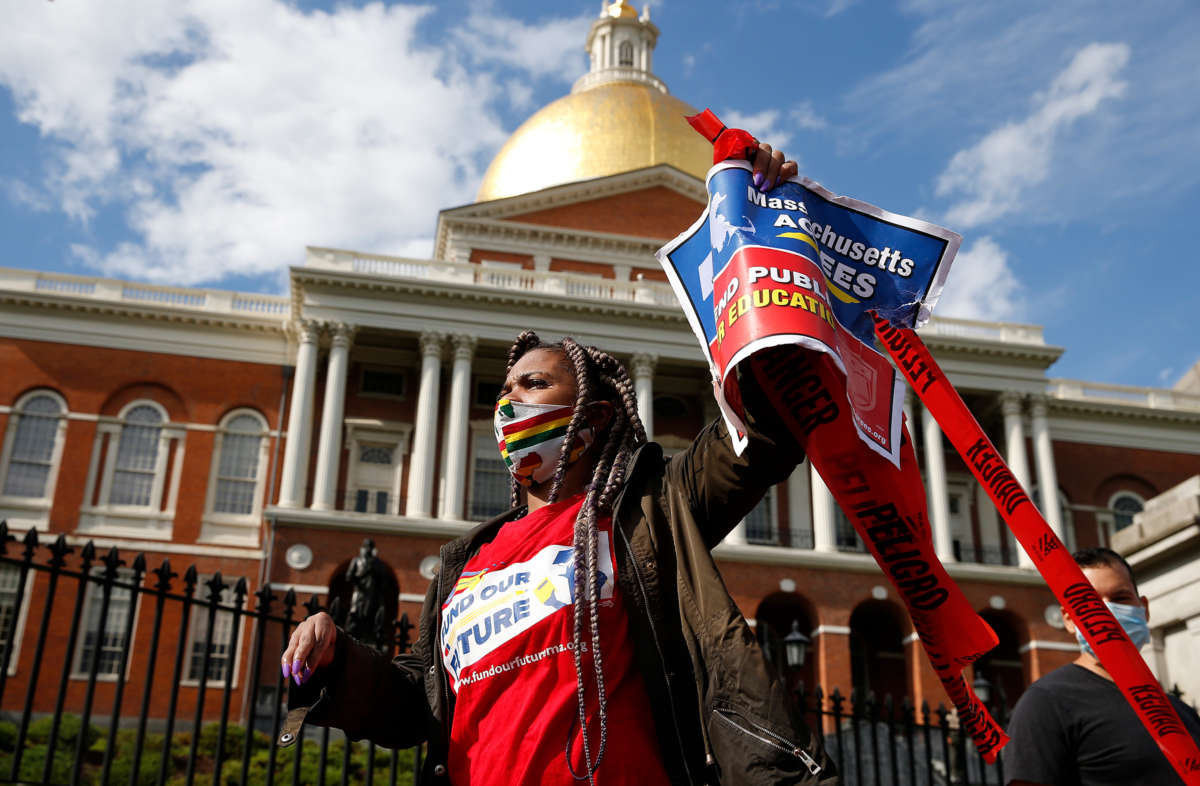Vu(m) AFP|Update: 24.09.2022 00:05

Monitoring groups said Russians at 15 different police stations were handed military summons after joining anti-mobilisation protests / © AFP
Mikhail Suetin expected to be detained when he protested Russian mobilisation, but he never imagined he would be ordered to enlist in the very army he was denouncing.
After President Vladimir Putin appeared on state television on Wednesday to announce the country's first mobilisation since World War II, protests erupted in Russia.
"I was ready for the usual: to be arrested, taken to the police station, brought to court," 29-year-old Suetin, who regularly joins opposition protests in Moscow, told AFP.
"But to be told 'tomorrow you will go to war'... that was a surprise," he said in a telephone interview.
The Independent monitoring group, OVD-Info, reported that men detained in the protests were handed draft papers while in custody in at least 15 Moscow police departments.
Answering questions from reporters the following morning, Vladimir Putin's spokesman, Dmitry Peskov, defended the procedure, saying "it isn't against the law".
One day before mobilisation was announced, the Russian parliament approved a bill to toughen punishment for those refusing military summons or who desert.
The bill, yet to be signed into law, will impose prison sentences of five to 15 years.
- 'Big trouble' -
At the police station, Suetin said he was taken to a room alone and pressured to sign papers summoning him to the military mobilisation office the following day.
"Either you sign this and go to war tomorrow, or you'll sit in prison for 10 years," he quotes police officers as threatening.

One day before mobilisation was announced, the Russian parliament toughened laws against refusing military summons or desertion / © AFP/File
Suetin refused, on the advice of his lawyer, and was released at around 5:00 am the following morning.
He was told Russia's investigative committee, which probes serious crimes, would be notified and that he was in "big trouble".
More than 1,300 people were arrested during protests on Wednesday, a monitoring group reported. For those who did answer the call-up, the future is no brighter.
Andrei, who turned 18 last week, was called up -- in papers seen by AFP -- after being detained during the anti-mobilisation protests in Moscow.
The student described feeling "numb" after sitting for hours in a police station where officers "threatened" people who wouldn't sign.
"It was clear I couldn't run away... I looked around and decided not to resist... Unfortunately, I signed the paper," Andrei told AFP by telephone, referring to documents that acknowledge he intends to turn up at his recruitment office.
- 'Worried' -
Russian Defence Minister Sergei Shoigu had promised on Wednesday that students would not be called up.
This means that Andrei, who recently began university, should not have been caught up in the recruitment drive.
"As we say, Russia is a country of endless possibilities," he joked bitterly.
Andrei decided not attend the appointment at the enlistment office on Thursday.
He says he is still looking for a lawyer and doesn't know what he'll do next.
"I haven't told my parents yet," Andrei told AFP.
They would "be worried," he added.
"I'll probably tell them when I have a better understanding of what's going to happen to me."










